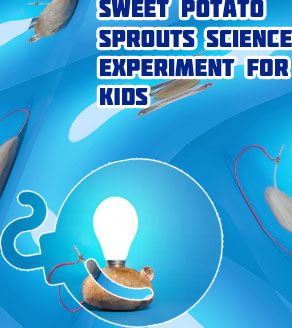
- Science fair decorations
- Stem science for preschoolers
- Autumn stem activities
- Science stem activities for kindergarten
- Science and engineering
- Science technology and engineering
- Computer science
- Science experiments ideas
- Earth science for stem
- Courses under stem
- Stem team building activities
- Easy stem projects
- Steam in higher education
- Master of science in stem education online
- What is a stem professional
- General chemistry definition
- Microsoft stem education
- Christmas stem activities
- Physics science fair projects
- Steam and education
- Outdoor stem activities
- Stem science
- Stem science projects
- Science and technology
- Mathematics in biological sciences
- Science and engineering fair projects
- Science fair projects
- Math and science academy
- Stem science activities for elementary
- Science fair volcano
- Stream science technology
- Science stem careers
- Science in daily life project
- What is stem field in science
- Science fair projects for 6th class
- Animal science project ideas
- Science fair projects for high schoolers
- Easy science fair projects
- Good science fair projects
- Stem related degree
- What goes on a science fair project board
- Stem education for preschoolers
- Skittles science fair project
- Highest paying stem majors
- Engineering activities for kindergarten
- Steam science projects
Potato battery project
Scaredy Bat and the Fool’s Gold
Vegetable battery experiment
Push one copper rod and one steel rod into each fruit or vegetable you plan to test. The rods should stick straight up and be as close to the ends of the produce pieces as possible. The rods should slide about halfway into the produce. Steps To Be Followed to Build a Potato Battery Attach the potatoes to each other using wires and crocodile clips. The copper of one potato should attach to the zinc of another potato to work.

Here is possible additions list:
Potato science experiment
Diagramming: Engineers must understand how circuits work in order to develop cool new technologies. Draw a picture of your potato battery. Label the battery (voltage) and the resistance (light bulb). Draw an arrow to show the current flow (from the copper end to the zinc end). List two cool products that an engineer could develop that run off a fruit battery. 1.What makes a potato similar to an electrical battery? When using water and vegetable oil, the paper clips moved through the liquid to the magnet very quickly. This is because water and vegetable oil have a low viscosity and provide very little resistance to the paperclips moving through them. When using corn syrup, the paper clips moved very slowly toward the magnet. This is because the corn syrup has a high viscosity and provides a lot of resistance to the paper clips moving through it.